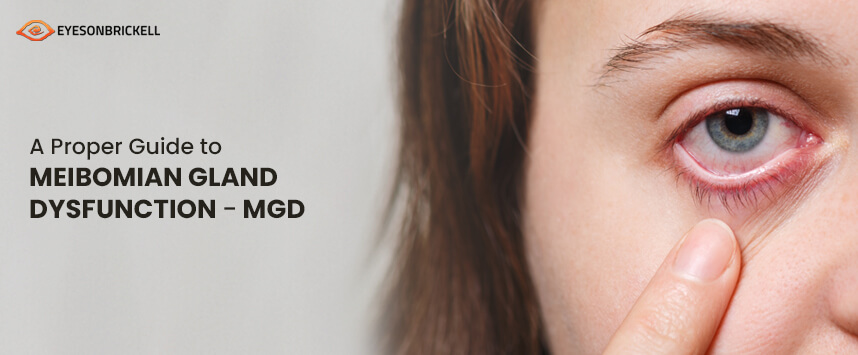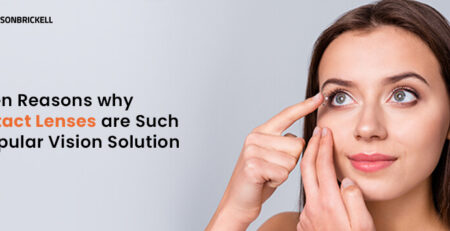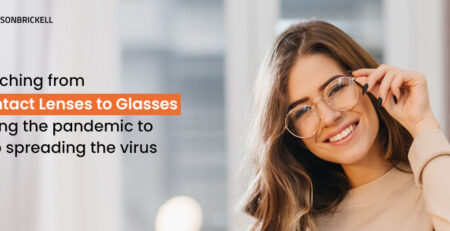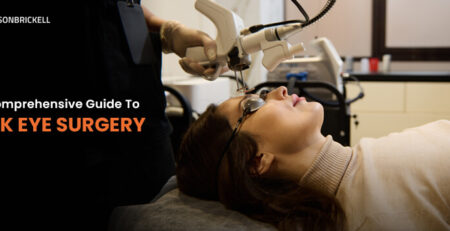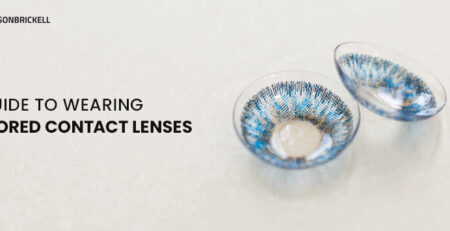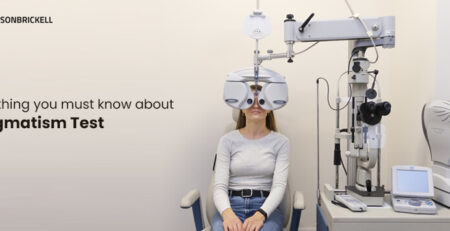A Proper Guide to Meibomian Gland Dysfunction – MGD
Eye Care Services are important to maintain an optimal eye health. After all, regular eye exams, checkups, and services allow you to see the world with greater clarity. The more you look after your eyes, the better your vision will be. On top of that, an appointment with your eyecare specialist can keep you away from various eye conditions.
A proactive approach to improving your eyesight benefits your eyes in a variety of ways. It can not only help reverse the symptoms of some eye conditions, but it can also keep those conditions from worsening.
Meibomian Gland Dysfunction is one of the eye conditions that many people may have, but they don’t realize so. MGD affects the glands in your eyelids and can lead your eyelids to be swollen and sore. If not treated on time or in its advanced stage, the condition may also lead you to cornea disease.
Before you find out what MGD is, you first need to understand the overall structure of tears. Did you know that?
- The tears of the eyes are composed of three layers: mucin, water (aqueous), and oil (lipid).
- Oily layers are made up of glands known as Meibomian glands.
- The lower eyelid has approximately 20 to 30 Meibomian glands, whereas your upper eyelid has approximately 24 to 24 Meibomian glands.
MGD develops when the oily layer of years fails to function properly. Since the oily layer is working ineffectively, it causes the watery layer to dry up. Even the most expensive eye care services may not help you fix the consequences if not addressed in the long run.
So, read on to learn more about Meibomian Gland Dysfunction in the post below:
Symptoms of Meibomian Gland Dysfunction
In the early stages, it might be hard to identify MGD symptoms. However, as the eye condition progresses, its symptoms will become more visible. For example, your eyes may become itchy, burning, dry, and irritated. All of this will happen as a result of insufficient oil production in your teary film. Occasionally, it can also make you feel as if you have a grain of dust or sand inside your eye.
The following are some of the more symptoms of MGD:
- Sore or swollen glands.
- Itchy, gritty, dry eyes.
- Watery, red eyes.
- Blurry vision.
When the inward rim of your eyelid becomes bumpy or patchy, this is a typical symptom of Meibomian Gland Dysfunction. However, this definitive symptom may not be present in all patients.
Note:
- Prolonged exposure to a computer screen can exacerbate MGD symptoms.
- Dry air from your heating or cooling units can aggravate MGD symptoms.
Causes of Meibomian Gland Dysfunction
Meibomian Gland Dysfunction progress with age as the meibomian glands of your eye do down over time. It means that your age may be a contributing factor to MGD.
Did you also know that your ethnicity can influence your chances of developing MGD? It’s strange, but it’s true. In fact, people of European ancestry are three times less likely to develop MGD than people of Asian ancestry.
Some of the known medical issues associated to MGD are as follows:
- Triglycerides and high cholesterol.
- Microbial infection.
- Hypersensitive conjunctivitis and other eye issues.
- Autoimmune health issues such as Sjögren’s syndrome, rheumatoid arthritis, lupus, and rosacea.
Some people might believe that wearing contact lenses will help them manage Meibomian Gland Dysfunction. But it’s just a story. Would you believe wearing contact lenses increases your chances of developing MGD? Yes, it does happen.
Best Treatment for Meibomian Gland Dysfunction
Self-care may be adequate to control the early symptoms of MGD. Depending on the circumstances, you should seek either at-home or medical treatment. However, for better results, it is even more critical that you adhere to any MGD treatment you receive.
Do everything correctly if you prefer at-home care and treatment. Let us learn more about the best Meibomian Gland Dysfunction treatment options:
At-Home Care
- You must assist your eyelids in losing some oil, and you can do so by placing a heat pack or a warm washcloth over your eyelids.
- After a while, you can massage your eyelid with your fingertip.
- Use non-soap cleansers to clean your eyes once a day.
- Use a humidifier to improve the air quality in your home.
Medical Treatment
Depending on the progression of MGD and other health issues, your eye specialist may prescribe a different medication plan for MGD. To treat the condition, eye doctors may prescribe pills, creams, sprays, or eyedrops. Make sure that you do not miss any regular eye exams or appointments with your eye specialist.
Many things may be recommended by eye specialists to control the symptoms. For example, they advise using steroids to reduce inflammation, antibiotics to treat infections, and cyclosporine to overpower the immune system.
Possible Complications of Meibomian Gland Dysfunction
Meibomian Gland Dysfunction is one of the most common eye conditions that can affect people of all ages. However, it is more likely to worsen after the age of 50. Conversely, it can cause dry eye syndrome and blepharitis (inflammation of the eyelids) over time.
When you choose eye surgery, MGD complications may become more visible. In such cases, untreated MGD increases your chances of experiencing additional side effects after surgery.
Eyes on Brickell takes care of your vision and thus offers the Best Eyecare Services. We have been providing world-class treatment for your eyecare and vision needs for over ten years. In our Brickell office, we also offer Saturday and late-night appointments.
Schedule an appointment with one of our eye care specialists today to take the first step toward better eye health!

